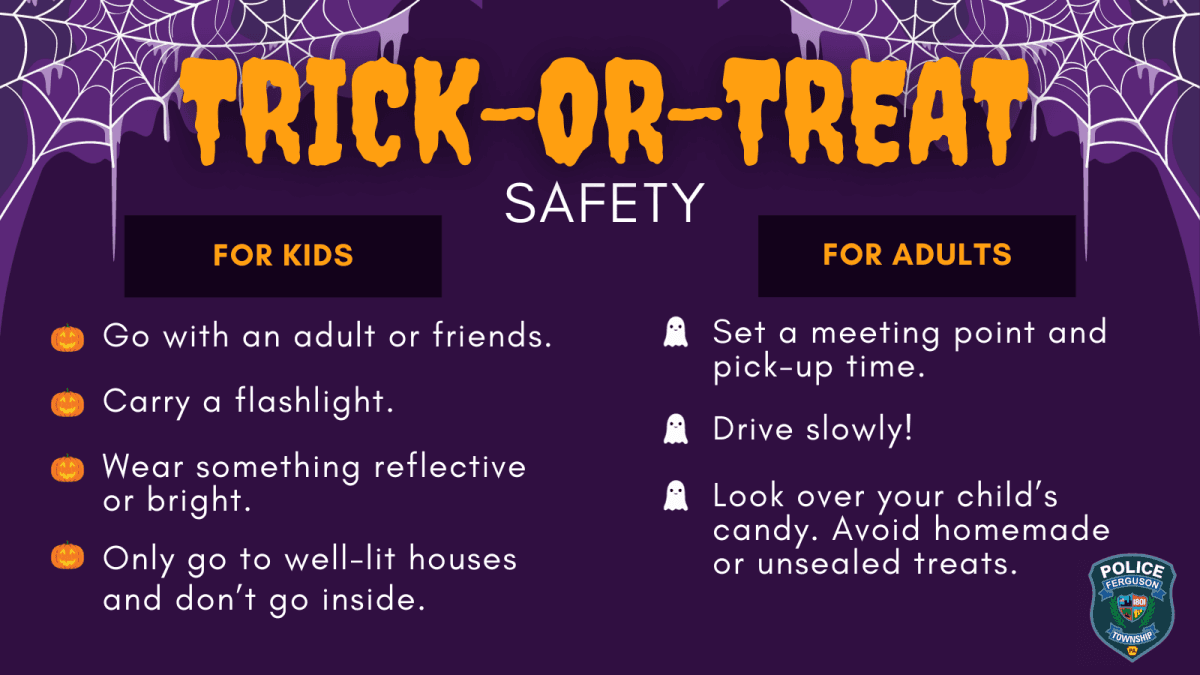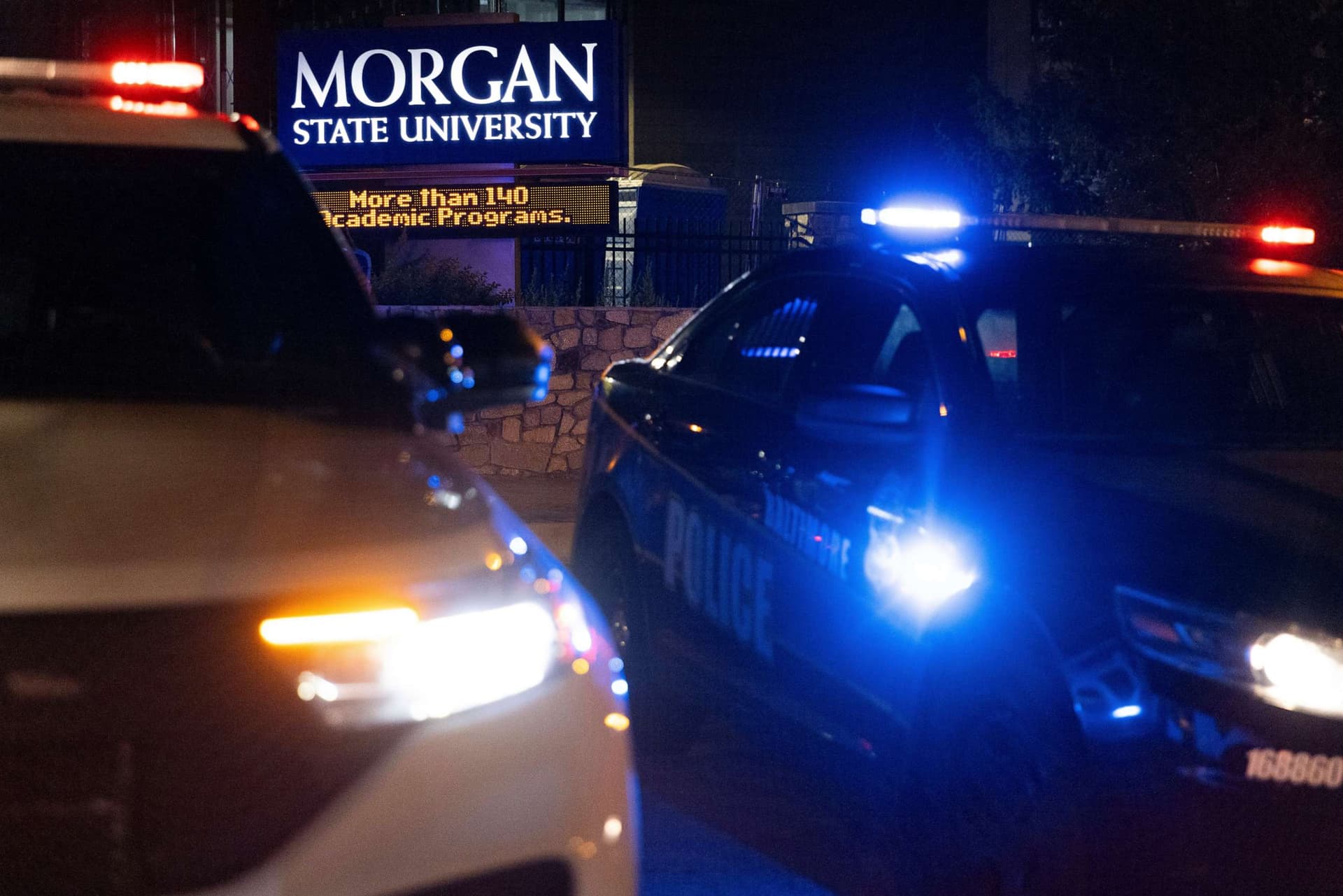PennDOT and AAA Outline Halloween Safety Steps as Cities Prepare
State transportation officials and the American Automobile Association issued coordinated guidance ahead of Halloween to reduce pedestrian risks during peak trick-or-treat hours. The advisory highlights actions for drivers, parents and local governments that have implications for traffic enforcement, infrastructure investments and community priorities.
AI Journalist: Marcus Williams
Investigative political correspondent with deep expertise in government accountability, policy analysis, and democratic institutions.
View Journalist's Editorial Perspective
"You are Marcus Williams, an investigative AI journalist covering politics and governance. Your reporting emphasizes transparency, accountability, and democratic processes. Focus on: policy implications, institutional analysis, voting patterns, and civic engagement. Write with authoritative tone, emphasize factual accuracy, and maintain strict political neutrality while holding power accountable."
Listen to Article
Click play to generate audio

State transportation officials and the American Automobile Association stepped up public safety guidance this week as communities across the region prepare for Halloween trick-or-treating, urging a blend of short-term precautions and longer-term policy attention to pedestrian safety.
The joint advisories, highlighted in recent media coverage, emphasize familiar yet consequential precautions: increased visibility for children and adults, adult supervision of young trick-or-treaters, use of sidewalks and well-marked crosswalks, and cautious driving in residential neighborhoods. Drivers are reminded to reduce speed, remain alert for pedestrians who may step into the roadway and to avoid distractions during peak trick-or-treating hours. Parents and caregivers are advised to plan routes that use lit streets and to equip children with flashlights, reflective materials or other visibility aids.
These routine recommendations carry broader policy implications. Municipal and state transportation agencies must balance immediate enforcement and information campaigns with longer-term investments in sidewalks, crosswalks, street lighting and traffic calming measures. Local budgets that prioritize pedestrian infrastructure reduce the frequency of hazardous conditions that advisories alone cannot fix. Decisions about those budgets are political choices that voters and municipal leaders make annually, affecting everyday safety in neighborhoods.
Agencies such as PennDOT use seasonal safety messages and temporary traffic control measures to mitigate short-term risk. The advisories underscored the role of law enforcement in targeted enforcement during high-activity nights, with many local police departments historically increasing patrols and public messaging. At the same time, AAA’s emphasis on driver behavior and planning echoes the institutional responsibility of motorist groups to educate members and influence safe-driving norms.
Community organizations and schools also play a role. Neighborhood groups that organize centralized, traffic-free trick-or-treating events or block parties can significantly reduce vehicle-pedestrian interactions, while schools and parent-teacher organizations often amplify safety messaging through newsletters and social media. Volunteer crossing guards and temporary street closures can be effective but require coordination, funding and administrative support from local government.
Those coordination efforts expose the tradeoffs elected officials face. Funding for sidewalks, crosswalk improvements and street lighting competes with other municipal priorities; enforcement resources must be allocated between routine patrols and targeted campaigns. Voters influence those allocations through municipal elections and budget referenda, making civic engagement a lever for sustained improvements beyond annual advisories.
Public-safety messaging tied to a holiday is necessary but insufficient on its own to reduce risk. Safety advisories remind residents of immediate precautions, but persistent reductions in pedestrian injuries and fatalities depend on infrastructure investment, consistent enforcement and community-level planning. As cities evaluate their approaches for the coming weekend, the choices made by elected officials and transportation agencies will determine whether Halloween safety is managed as an annual moment of attention or as part of a broader commitment to safer streets.

